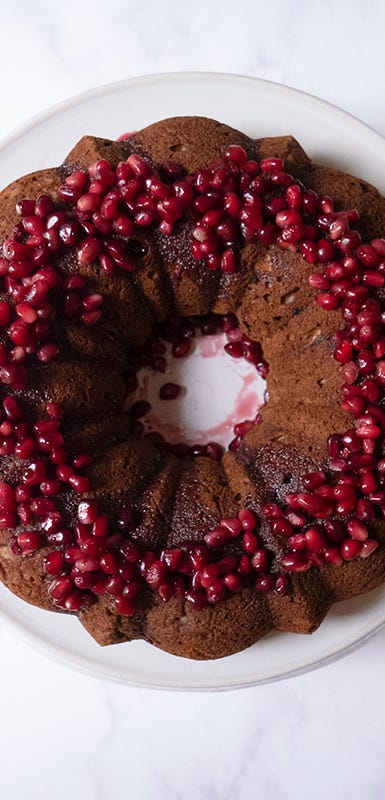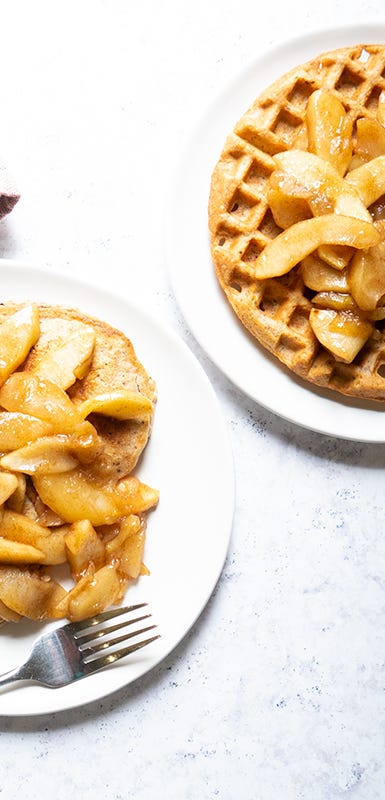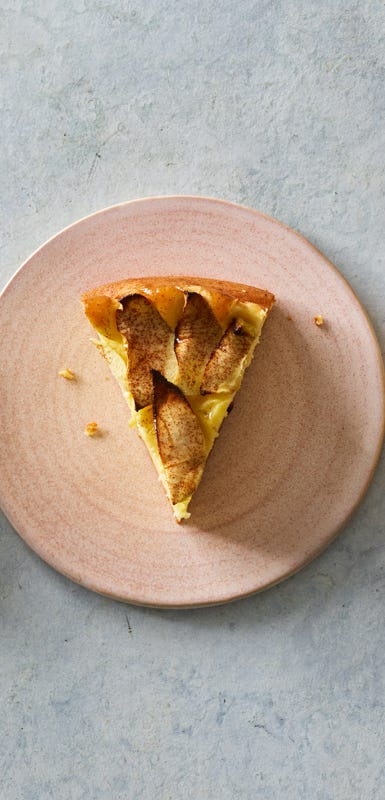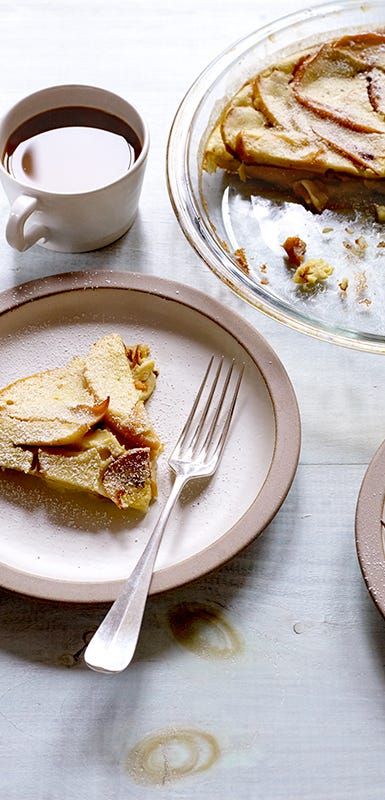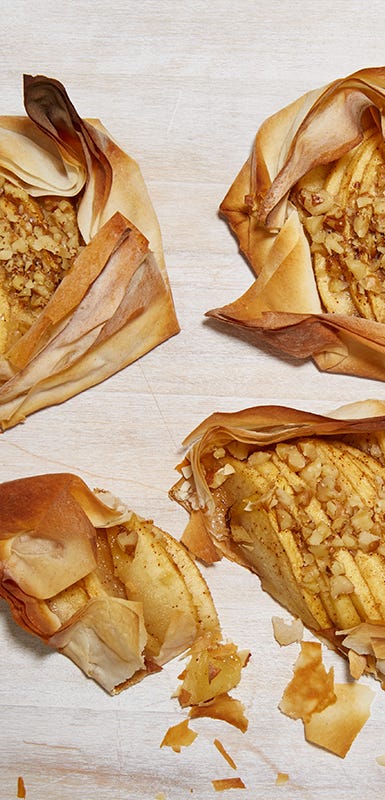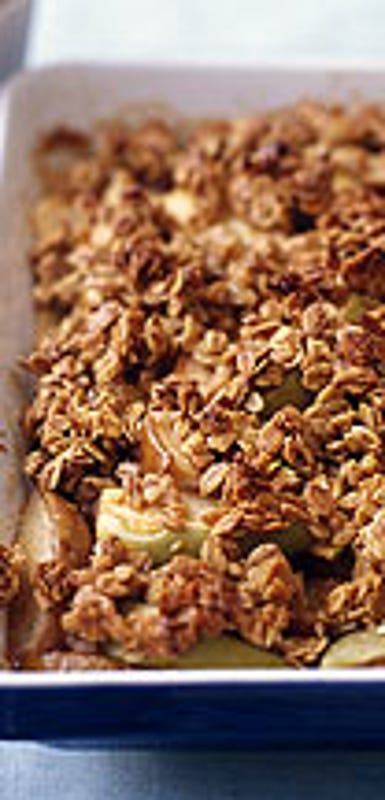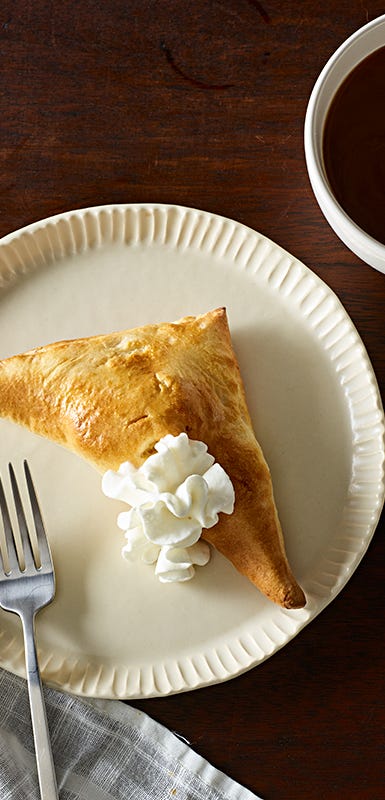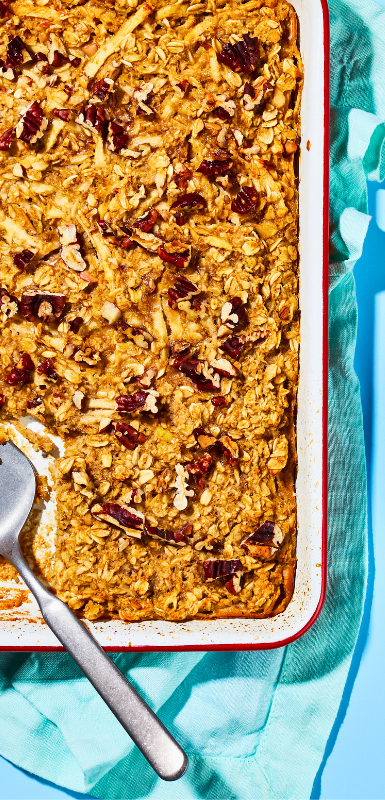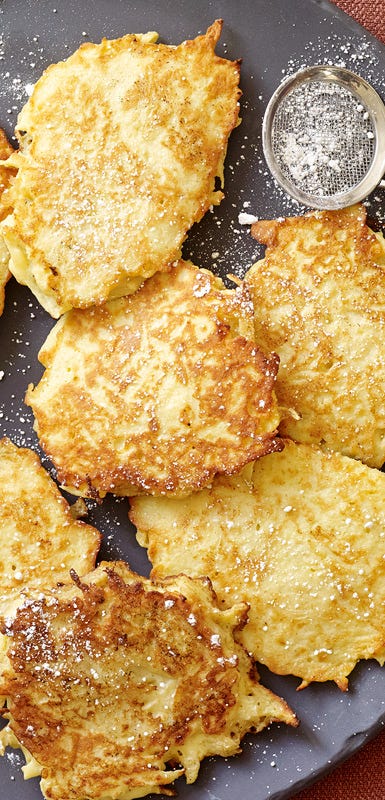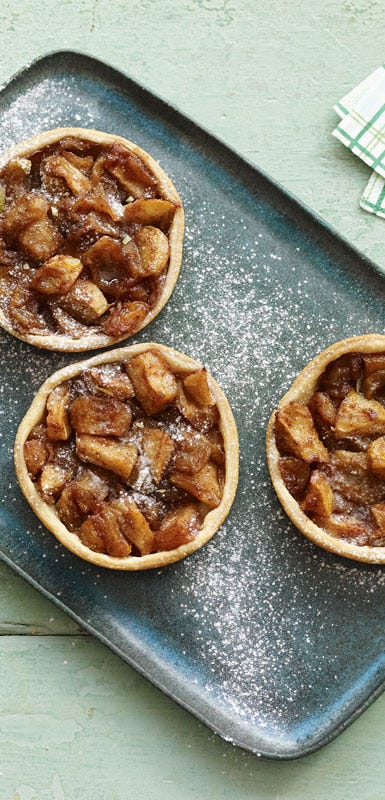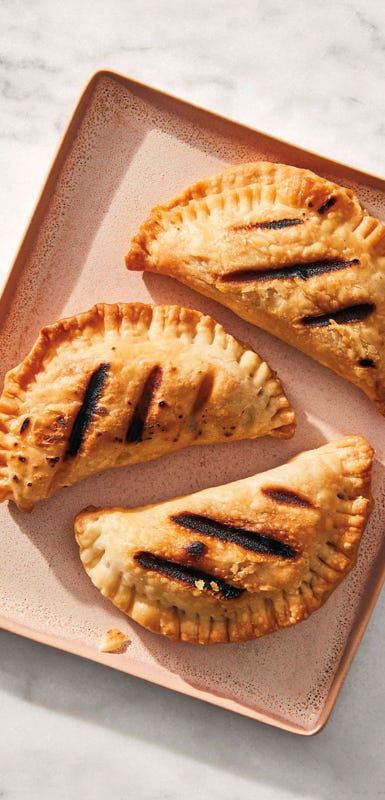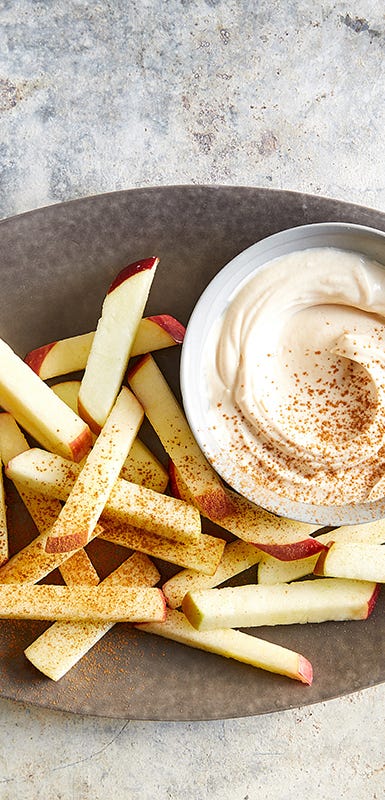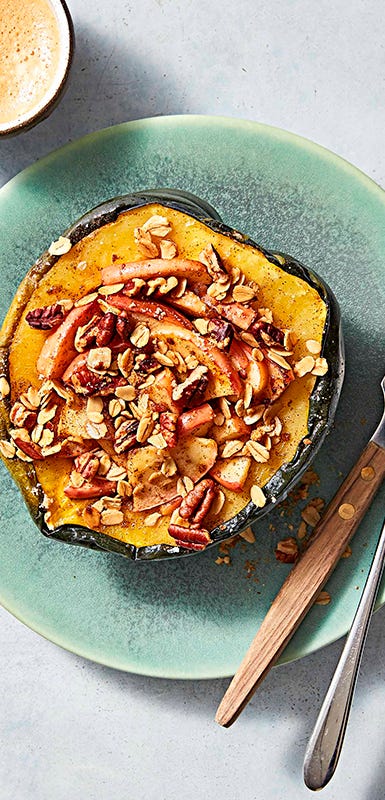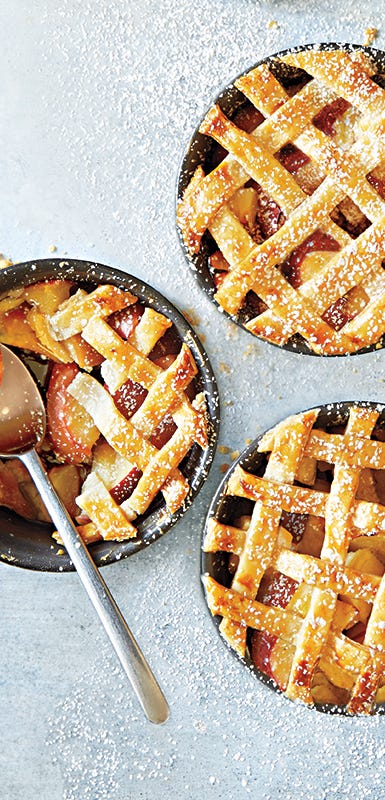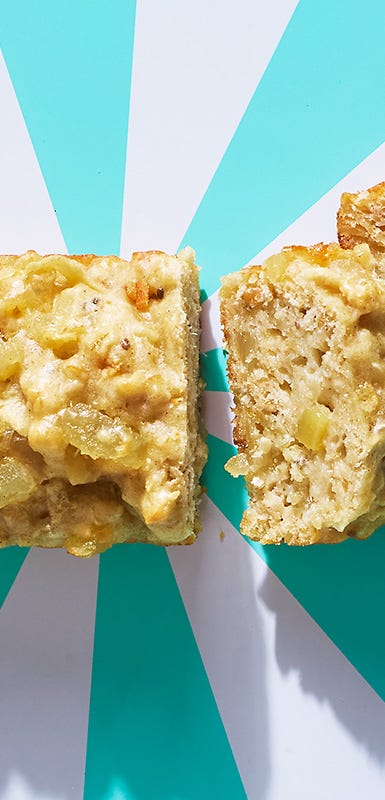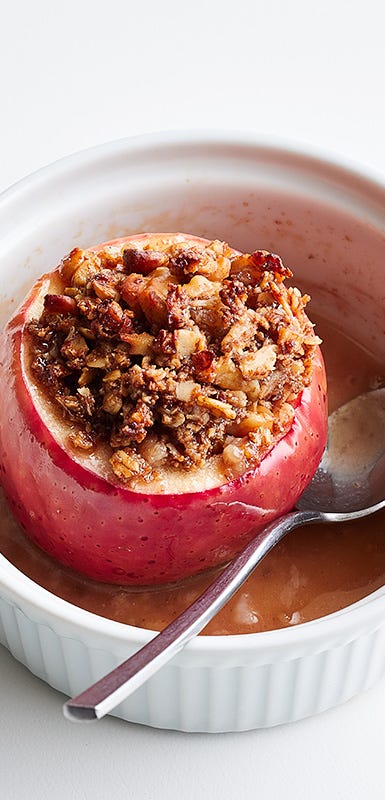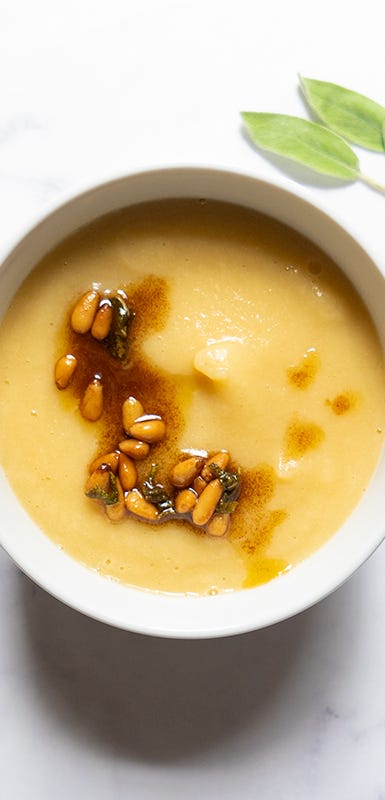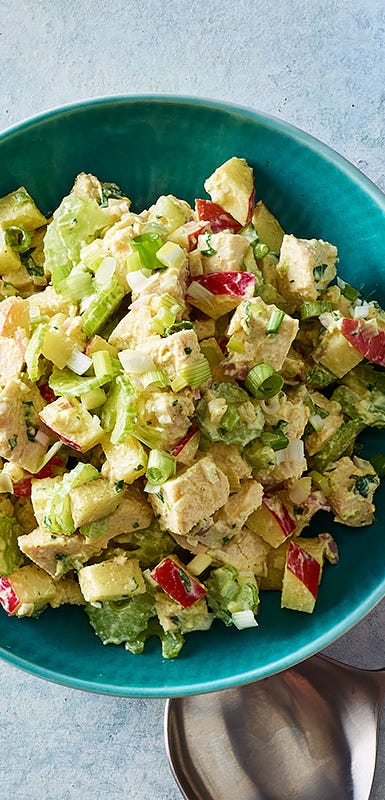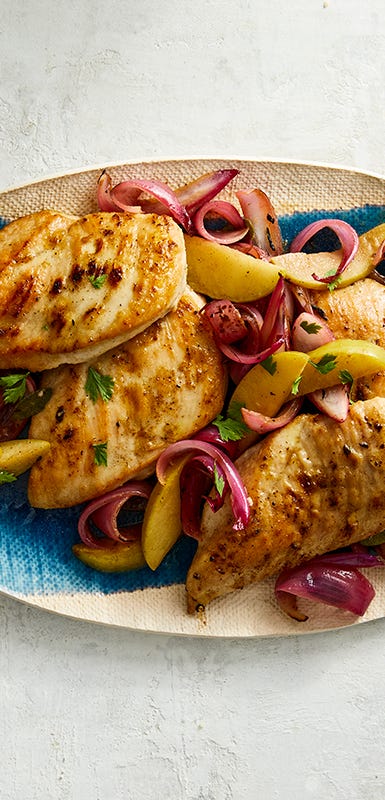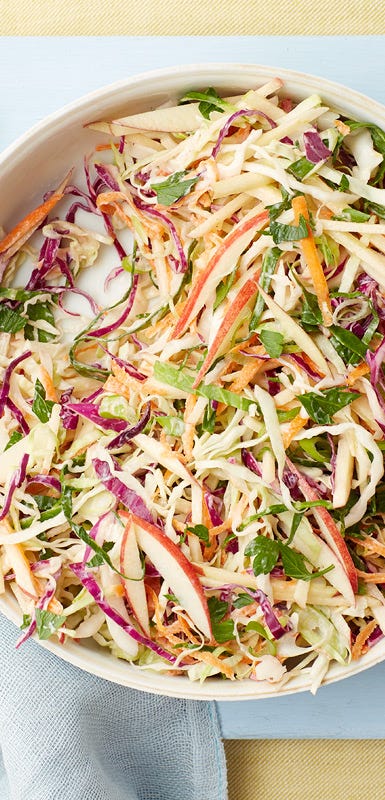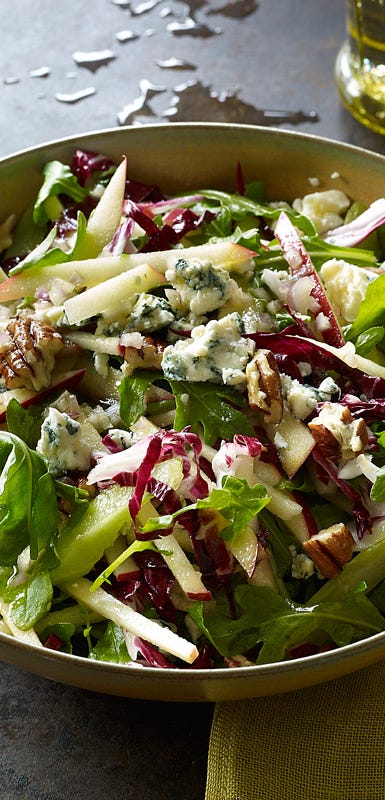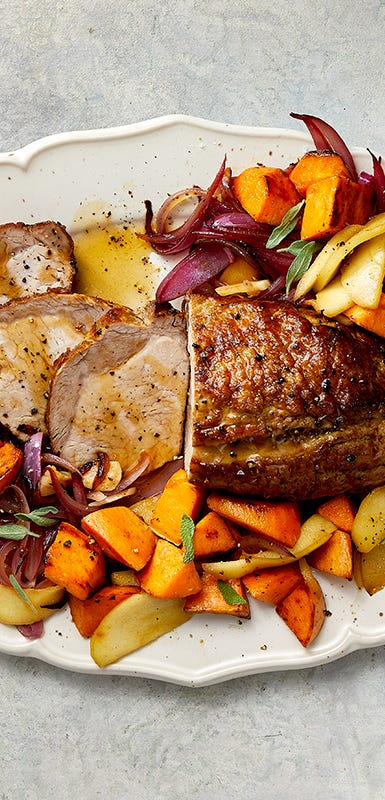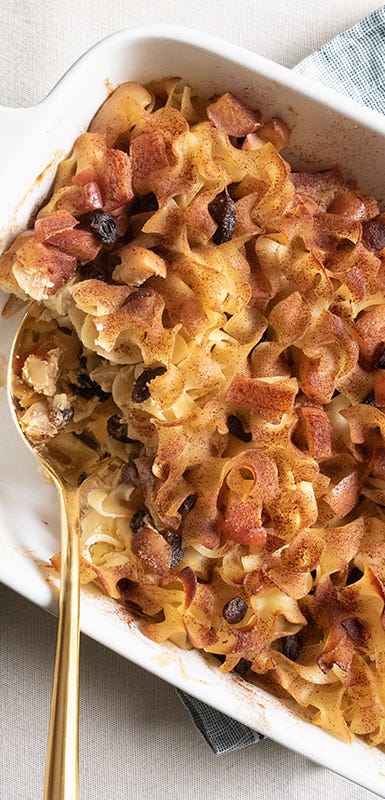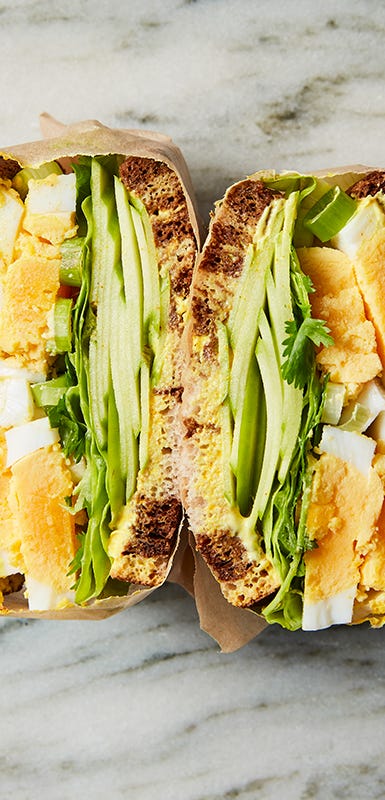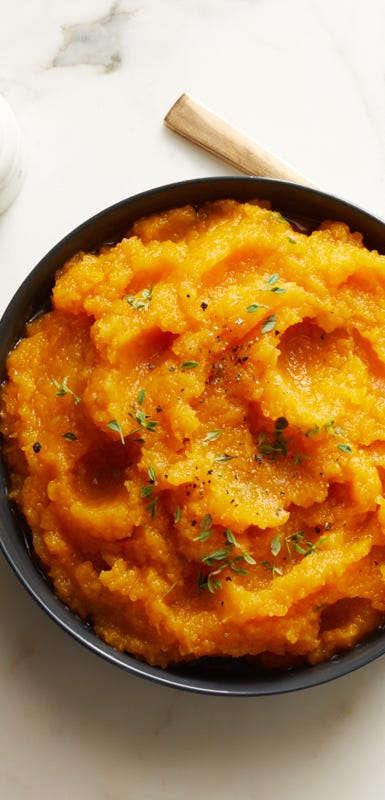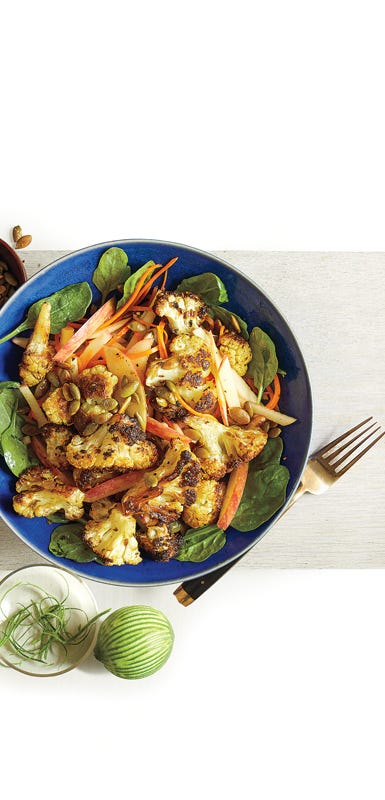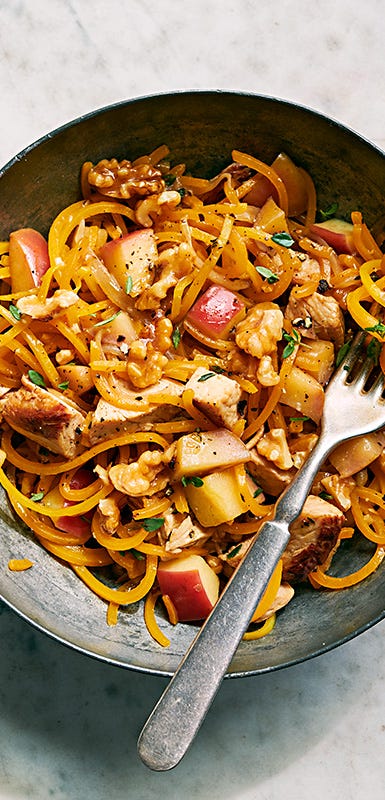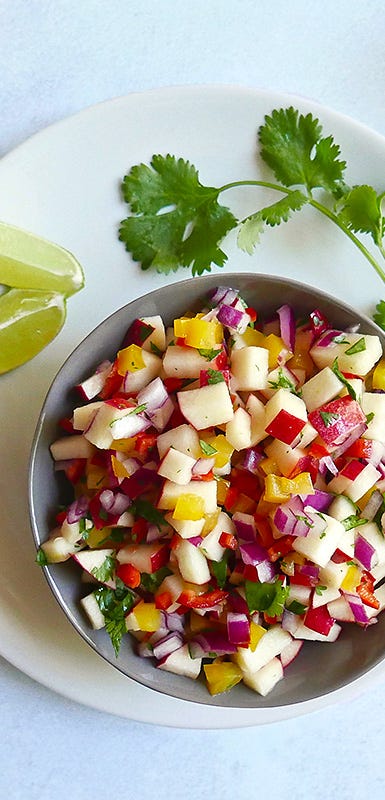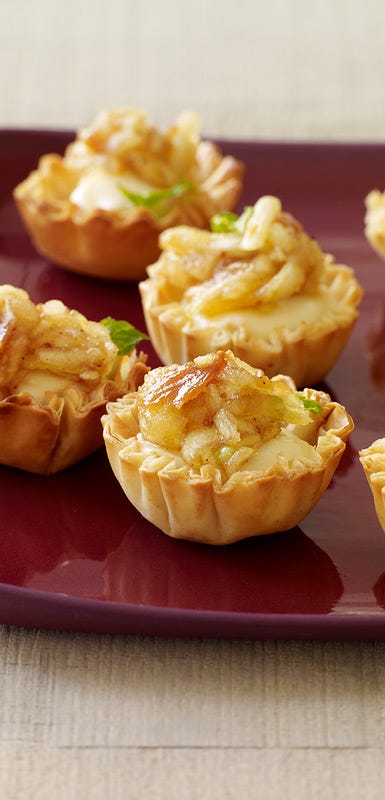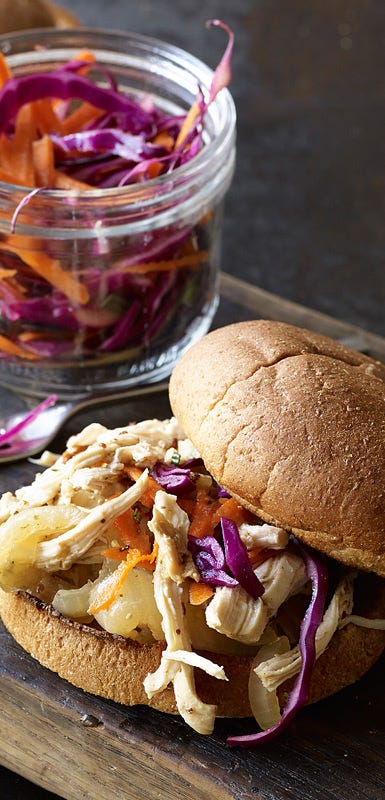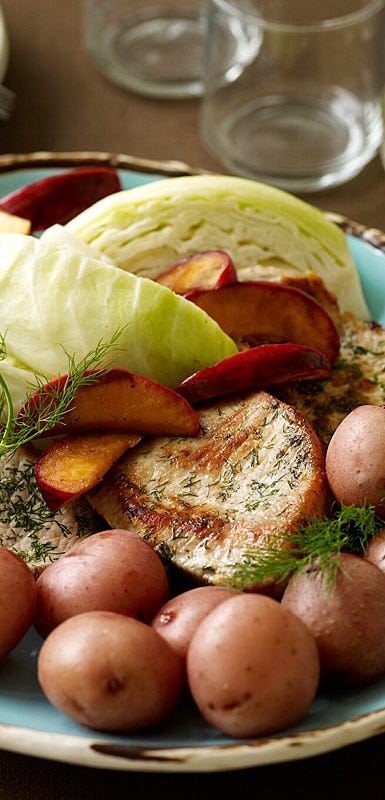34 ways to use all the apples you picked


Whether you got a little apple happy at the pick-your-own farm or the grocery store, it’s easy to put autumn’s unofficial fruit to good use in sweet or savory dishes. Sure, you could easily eat an apple a day, straight up. After all, apples are a good source of fiber and vitamin C. Tip: To get the maximum nutritional benefits, you’ll want to eat the skin—so don't peel before eating. If plain old apples don’t delight your palate, a sweet or savory dish that features apples as the star (or sidekick) might be more appealing. Just bear in mind that the flavor profile of apples can vary widely. Read on to make sure you’re reaching for the right ones, and keep scrolling for apple recipe inspiration. |
How to use different apple varieties
There are nearly as many varieties of apple as there are seeds on a strawberry, so we’ve narrowed down the selection to our favorite — and most readily available — types. And we threw in a few newcomers to look for at the farmer’s market, too.
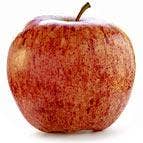 | Braeburn |
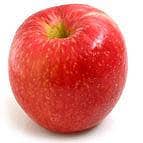 | Fuji |
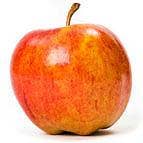 | Gala |
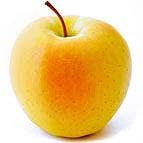 | Golden Delicious |
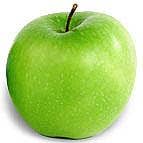 | Granny Smith |
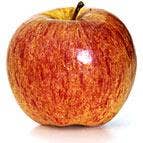 | Honeycrisp |
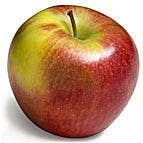 | McIntosh |
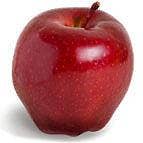 | Red Delicious |
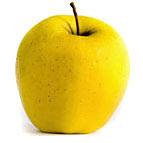 | Ginger Gold |
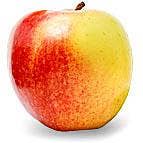 | Jazz |
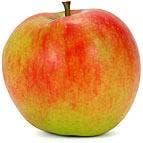 | Lady Alice |
How to keep apples fresher longer
An old saying that's actually true: One bad apple spoils the bunch. Damaged apples produce higher levels of ethylene, a phytohormone that stimulates the fruit around it to ripen faster. This is handy if you want to ripen green bananas, but not so great for apples that are already ripe. When buying, look for ones that are firm and shiny, with no visible bruises or tears, and a mild aroma. Refrigerate immediately, and they'll stay good for at least 4 to 6 weeks.


